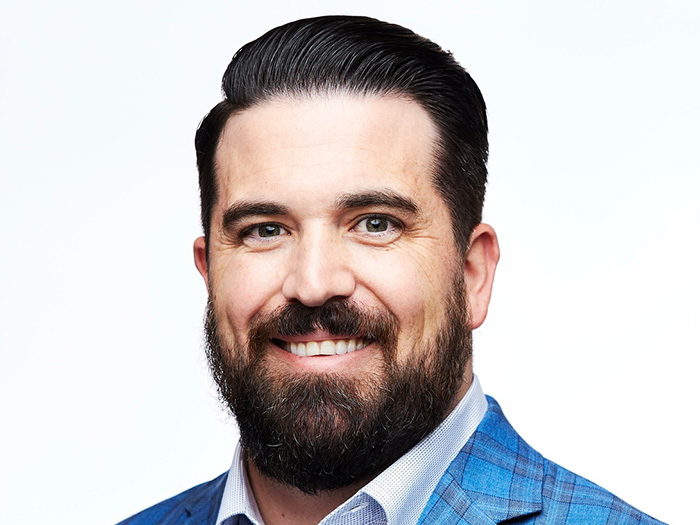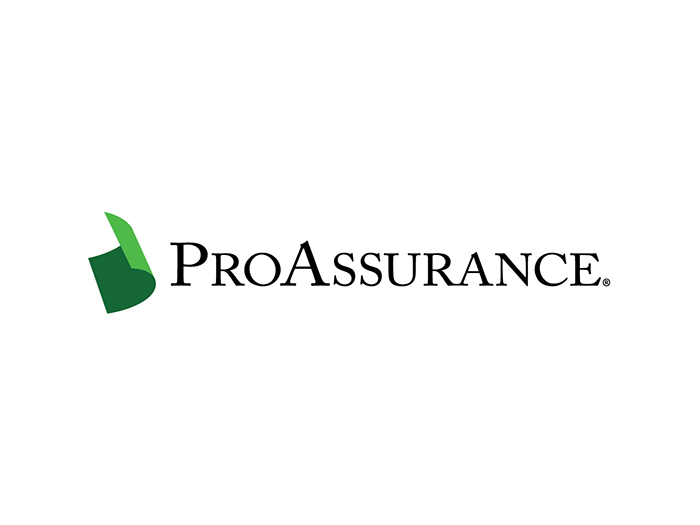What a Veteran Hospitality Risk Manager Has to Say About Hotel Environmental Coverage
Successful hotels and resorts must deliver world class service and clean, modern hotel rooms with amenities that are contemporary and fresh. That is why hotels and resorts regularly update their properties with new beds, linen, soaps and smart TVs.
When it comes time to do a full remodel, including changing carpet, updating wall coverings and putting in new HVAC units, there is another risk that hoteliers must consider.
That is the risk of environmental issues they may uncover during construction.
In ever-increasing numbers, hotel companies are purchasing pollution legal liability (PLL) coverage to protect them from claims associated with mold or other indoor air quality risks such as legionella.
These policies provide no-fault occurrence protection for the hotel owner. This is important because the policy holder need only to “discover” the mold or environmental condition to trigger coverage, and the policy will pay for claims for investigation, clean up/remediation, business interruption (loss of revenues) and toxic tort claims.
In one example, a newly constructed southern casino/hotel suffered substantial water intrusion due to a leaking roof that allowed water to run from the top of the hotel tower all the way to the first floor. The leak wasn’t discovered until it had progressed into a mold problem.
Like all insurance, the cost for this coverage depends on the policy limit and the deductible.
Typical limits are $5M to $10M with a $10k per key (hotel room) deductible. Premiums will range between $35k and $75k depending on the limit.
It should also be noted that these policies usually incorporate a number of supplemental coverages related to pollution incidents, including blanket coverage for above-ground storage tanks (and generators), crisis response/public relations expenses related to adverse media attention, emergency response expenses to respond to imminent threats to public safety, disinfection expenses and coverage for radiological and biological terror attacks.
In addition, hotel owners are also mandating that a contractor carry contractors’ pollution liability (CPL) insurance that would respond if an environmental issue is caused by the contractor’s construction defect following a build.
In one example, a newly constructed southern casino/hotel suffered substantial water intrusion due to a leaking roof that allowed water to run from the top of the hotel tower all the way to the first floor.
The leak wasn’t discovered until it had progressed into a mold problem.
At that point the hotel was unable to book any of the rooms on that end of the hotel until the mold was remediated by a licensed company, the roof leak was repaired, and the air samples tested safe.
The costs for the clean up and the lost room revenue reached into the millions and was covered by the contractor’s CPL policy.
It should be noted that most property insurance policies will offer some environmental coverage through a policy endorsement, but that coverage is very limited and usually will only cover mold and even then, the sub-limit on these endorsements will typically be $1M or less. Also, in order to trigger the coverage, the mold must be a result of another covered peril that triggers the property policy.
Environmental risks are part of every business. But in the hotel industry they can be devastating. From the loss of reputation to the cost of claims the risk that can last for years. PLL and CPL Insurance can provide some solutions. &










